Hello English learners! Communicating effectively and giving a speech are one in the same thing. I want us to watch the World Championship of Public Speaking to understand how to communicated effectively.
So first, watch the 1st place winner of the 2014 World Championship of Public Speaking:
YOUTUBE
How is this person able to communicate effectively? Play the speech again and stop at the time intervals noted like so (0:25)
1. Confidence
Look into the person’s eyes or your audience’s eyes. Don’t be afraid of them. If you look at them, then the person your are talking to or your audience will want to look at you too. (0:25) – Look at his confidence.
He knows he is going to do well. His strides are calm, his breath is steady. He knows he is going to be the 2014 winner of the World Championship of Public Speaking!
2. Smile
Humans copy the emotions that they see. Be warm and happy and so will your listener or audience. (0:26) – Look at his smile.
He isn’t on-stage in front of hundreds of people. He is walking up to an old friend, a family member that he cares about. Think about someone you like before you greet a stranger or give a speech. Your smile will be genuine. I think of my grandmother.
3. No paper
No paper to hold up or look down at. Everything he needs, he can find in his mind. Would you put a wall between you and your audience? No, right? Then why put a paper?
When you look down at something that you are reading, your eye contact is lost. Your confidence fades a little bit. (0:28)
No paper in his hands, and no podium to hide his paper. What you see is what you get. Someone who just wants to talk to you. They don’t want to read to you, they just want you to listen.
4. Silence
So powerful, no words need to describe it. This effect does so many great things. Here, he creates suspense. What is he going to say? It forces the audience to ask questions and be proactive.
The audience is already asking questions and he hasn’t even started. Silence will allow your audience to reflect on a powerful sentence that you just finished, before you move on to your next powerful sentence.
(0:30) – His actions speak louder than words. He shows you instead of telling you, and he doesn’t use one word to communicate with you.
5. An object
This creates some kind of connection with your audience. A listener can say, “I know that” or “I have a rose garden” or make some other connection with the object and your speech. Babies learn from a very young age that people with similar interests are friends.
Skype English Lesson with a native AMERICAN or BRITISH teacher ››
6. Ask a question
To get your audience or listener to think – (0:39) Ask your question and then pause to allow your listeners to think about it.
This makes them be part of the conversation. Even if they don’t answer you, they are most likely answering it in their head.
7. Use symbols
(1:22) The flower represent a person that is broken in half and thrown away. You don’t always need to have a symbol, however images help convey your idea.
8. Surprise the audience
By breaking up the rose, the audience is in shock. How could you do that to a beautiful flower?
When you surprise your audience, you get them to ask questions. When they start asking questions, they want answers to those questions. In other words, you have their attention.
9. Make a joke
(1:33) By calling them flowers he allows them to release an emotion. The emotion is shock and sadness (from breaking up the rose). This is a classic way to get a joke.
Step 1. Create a serious mood, but do not allow time for the audience to act on this emotion. Don’t let them interact so that this feeling of sadness can escape them. Make your audience hold this feeling inside of them.
Step 2. Allow them to release this emotion in the form of another one like laughter. For example, I could say something sad, like my pet fish passed away. Then I could follow it up with a small joke, which would get a BIG laugh.
So here is the joke: My pet bird passed away last week. No one came to the funeral.
10. Get your audience to participate
(1:56) in asking the audience to raise their hand, he is asking them to be a part of his speech. The listeners feel like they are up there on stage with him.
11. Use your hands during the speech
(2:17) body language is so important. Use your hands to help tell your story.
12. Make your listener feel smart
(2:59) allow your audience to see some things coming. By repeating a similar question the audience feels like they know where this is going. It allows them to make a short prediction. Reward them and make them feel smart.
13. Change your voice to add emotion
(4:07) He adds energy into his voice during his story to wake up the audience and change the mood. His voice gives his speech a transition.
14. Enunciate
Pronounce in a clear manner – He almost makes an error (4:40) when he says “successfully”, but he saves his speech by pronouncing it clearly.
15. Practice
Here he is reaching the 5-minute mark (5:00) and so far there are no mistakes. He has practiced this speech at least 20 times. This is also the World Championship, so I am not suggesting that you practice 20 times, but 10 times will help tremendously.
Skype English Lesson with a native AMERICAN or BRITISH teacher ››
16. More humor
One joke won’t always do the trick (6:06) try and have jokes sprinkled into your speech.
17. Come back to the beginning of your speech and answer questions
That you may have created. (7:09) – This allows you to answer those questions that the audience asked. Here, he comes back to his broken flower.
Again– surprise the audience– (7:17) – In picking up the rose in one piece, you can hear the gasps in the audience. Now, we both know that he had another rose in there, but the element of surprise made this speech even better.
18. Summarize
Here at the end, he gives us the message “If you have great people in your life, you can become a great person or even whole again”. (7:30)
19. Again – allow the audience to release their emotion
(surprise from picking up a whole rose) with a joke (“ladies and gentlemen, I see something in you, but I don’t know what it is”), especially at the end, applause will follow. (7:40)
The main points here are to memorize your speech, be confident when you are on stage and practice before you start speaking in front of others.
Feel free to watch this video as many times as it takes.
Was this post helpful? Leave me a comment in the box below.
Check out other posts at www.myenglishteacher.eu/blog !
See next time!


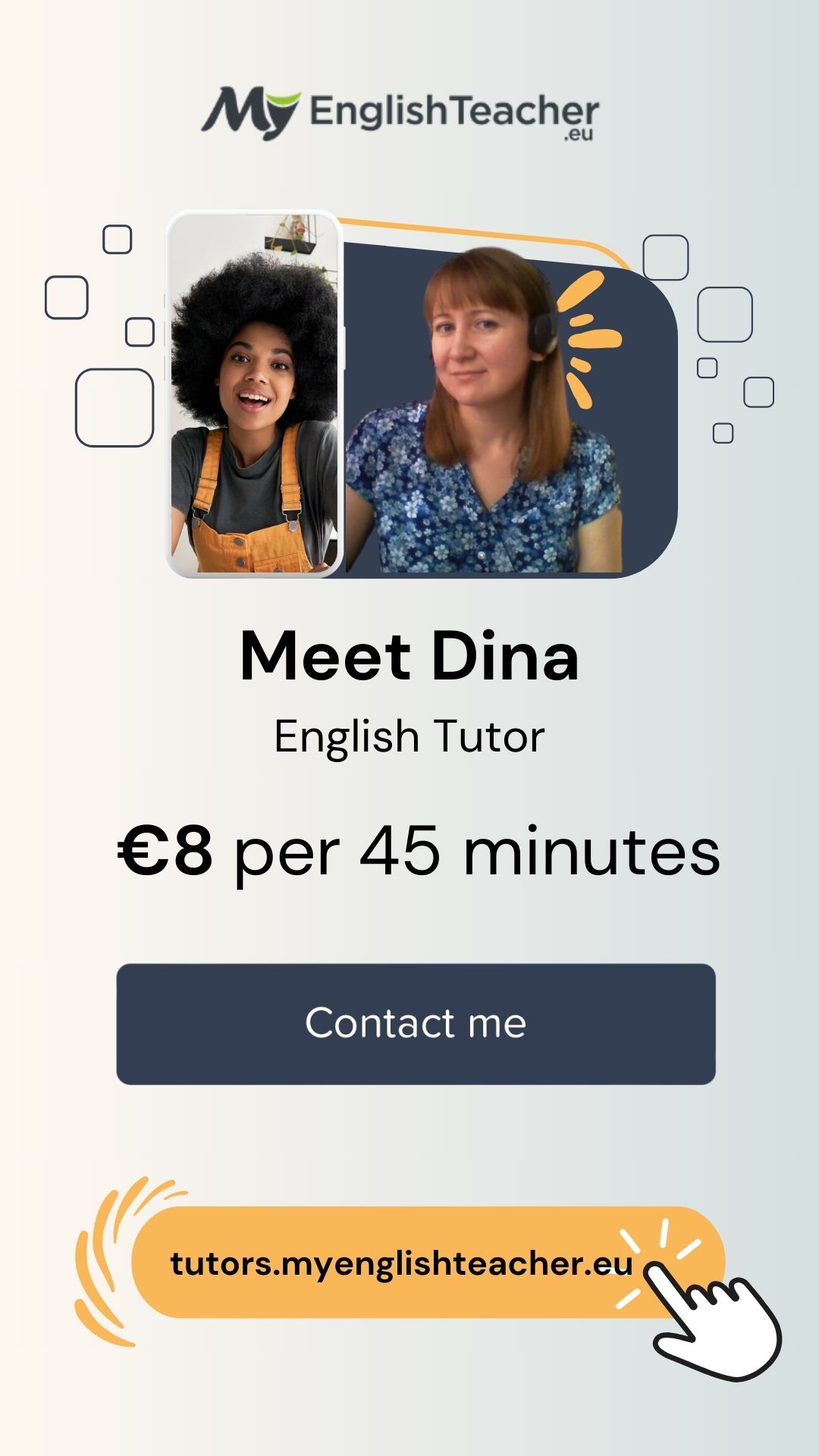


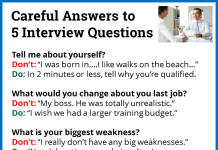
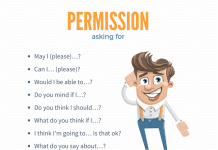

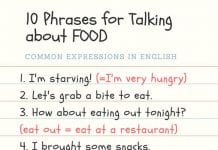






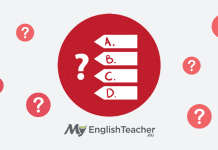

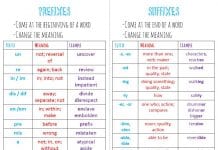






This is very useful for me because how to overcome in front of people like how to communicate others this is perspectively …Love the motivating of this it’s damn to say thank you #My English Teacher .eu
Wow! Thank you for sending me your honest opinion. Let me know if there is anything I could help you with.